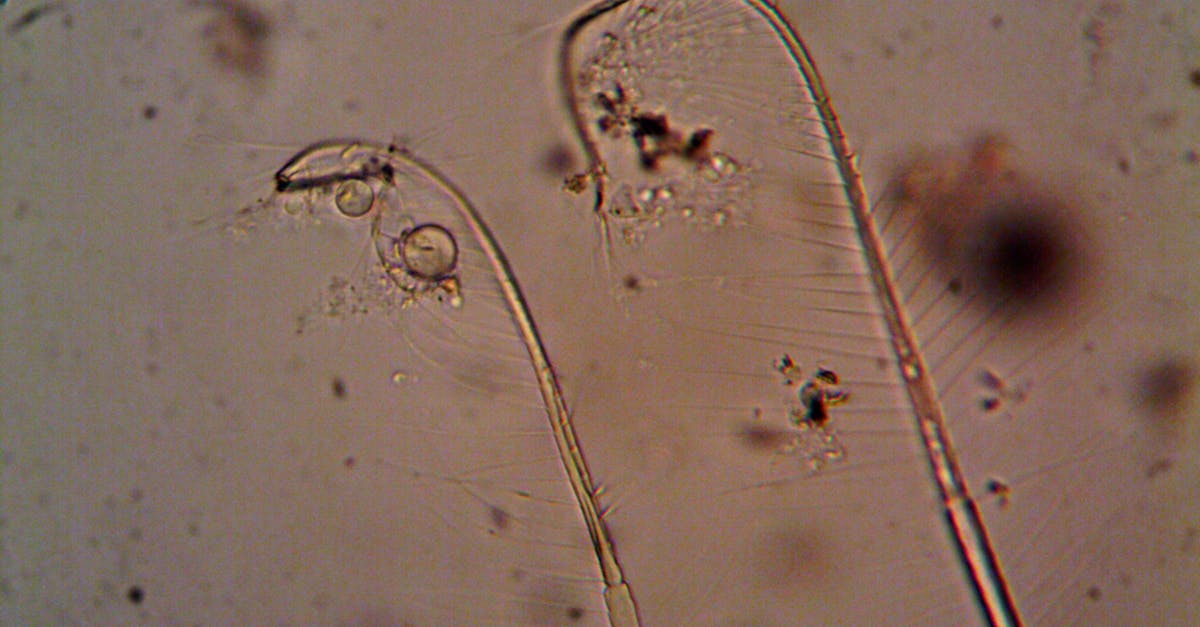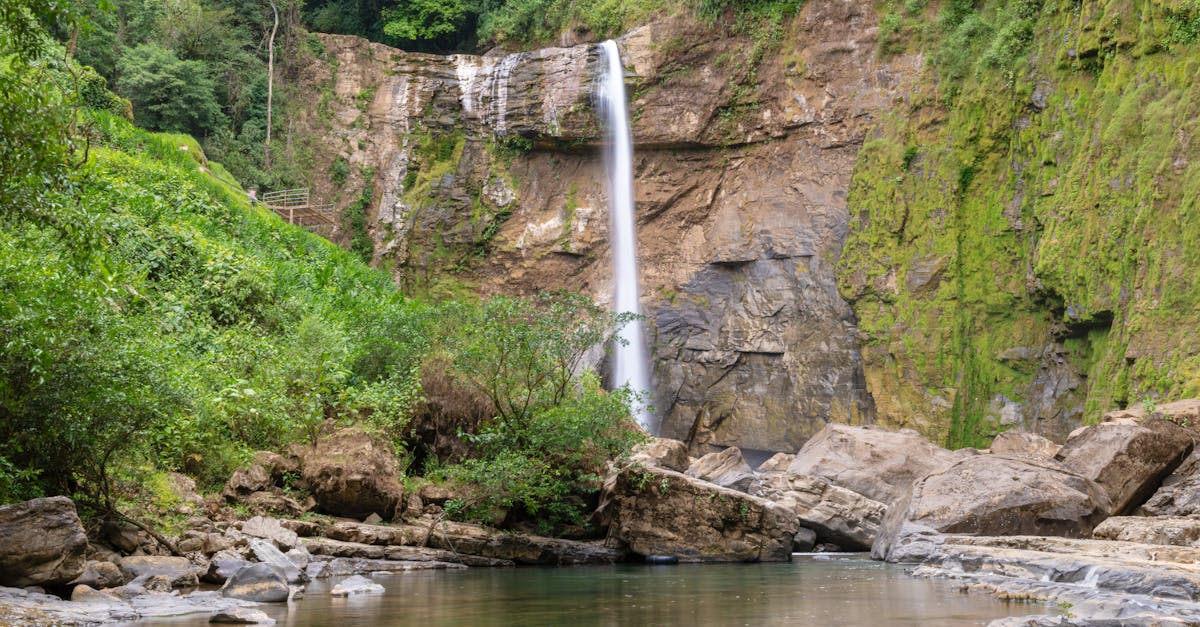GBS
- Context: Pune, Maharashtra, has reported a surge in suspected Guillain-Barré Syndrome (GBS) cases, reaching 110.
- Significance: One death, possibly linked to GBS, has been reported in Solapur, highlighting the severity of the condition.
- What is GBS?: A rare autoimmune disorder where the immune system attacks peripheral nerves.
- Causes: Often triggered by infections, including respiratory, gastrointestinal infections, and viruses like Campylobacter jejuni, influenza, and Zika.
- Symptoms: Starts with tingling and weakness in the extremities (feet and legs), which can spread, potentially leading to paralysis, breathing difficulties, and changes in heart rate/blood pressure in severe cases.
- Diagnosis: Based on symptoms, medical history, physical examination, and confirmed through tests like nerve conduction studies and cerebrospinal fluid analysis.
- Treatment: Supportive care, and immunotherapy options like intravenous immunoglobulin (IVIG) and plasmapheresis to reduce severity and duration.
- Recovery: Most people recover, but recovery can take weeks to years, with potential lasting effects.
- Prevention: Infection control, including good hygiene, safe food handling, and vaccination.

Wetland Cities: Indore & Udaipur
- Indore and Udaipur are the first Indian cities to be recognized as Wetland Accredited Cities under the Ramsar Convention.
- This accreditation signifies international recognition for their commitment to wetland conservation and sustainable management.
- The Ramsar Convention currently protects 85 Indian wetlands, within a global network of 172 member countries.
- Wetland Accredited Cities demonstrate a dedication to protecting wetlands and ensuring they provide vital ecological and community services.
- Accreditation is based on meeting six international criteria, emphasizing wetland ecosystem conservation and service provision.
- This recognition acknowledges the cities’ success in balancing urban development with ecological preservation.
- The highest number of accredited cities are in China (22) and France (9).
- Globally, there are over 2,400 Ramsar Sites, covering more than 2.5 million square kilometers.
- Bhoj Wetland (Indore), a Ramsar site since 2002, comprises the Upper Lake and Lower Lake.
- The Upper Lake borders Van Vihar National Park, supporting avifauna like Coot, Red-Crested Pochard, Sarus Crane, Black-necked Stork, and Pallas’s Fish Eagle.
- Van Vihar National Park provides refuge for mammals like Chital, Wild Boar, Nilgai, and Sambar.
WASP-127b
-
Extreme Wind Speeds: Astronomers have detected wind speeds up to 33,000 km/h on WASP-127b.
- Why: This is exceptionally fast, around six times the planet’s rotation speed, representing the fastest winds observed on any planet.
-
Planet Type: WASP-127b is a “hot Jupiter”, a gas giant exoplanet.
- Why: This classification helps understand its size, mass, and composition.
-
Size and Density: WASP-127b is about 30% larger than Jupiter but only 16% of its mass.
- Why: This makes it a “puffy” planet with a low density.
-
Orbit: The exoplanet has a close orbit around its star, with an orbital period of just 4 days.
- Why: This proximity results in extreme temperature differences between its day and night sides.
-
Atmosphere: The atmosphere consists of hydrogen, helium, carbon monoxide, and water.
- Why: Identifying the atmosphere composition and the presence of components like water are key for planetary studies.
-
Temperature Differences: The day side reaches 1,127°C, while the night side is still heated by stellar radiation.
- Why: Extreme temperature swings are key in understanding atmospheric dynamics and how the planet’s atmosphere interacts with its star.
PMFBY: Crop Insurance
-
Expansion of Coverage: The Union government will expand PMFBY to include crop damage caused by animals as a ground for payouts, responding to a long-standing farmer demand.
-
Scheme Overview: Launched on February 18, 2016, PMFBY is a crop insurance scheme under the Ministry of Agriculture aimed at providing financial protection to farmers against crop loss due to natural disasters, pests, and diseases.
-
Objectives: The scheme aims to provide financial support to farmers, stabilize their income, encourage modern agricultural practices, promote crop diversification, enhance creditworthiness, and protect farmers from production risks.
-
Eligibility: All farmers growing notified crops in notified areas, including sharecroppers and tenant farmers, are eligible. Loanee farmers (those with Seasonal Agricultural Operations loans) are compulsorily covered, while the scheme is optional for non-loanee farmers.
-
Affordable Premiums: Farmers pay a maximum premium of 2% for Kharif crops, 1.5% for Rabi crops, and 5% for annual commercial or horticultural crops, with the government subsidizing the remaining premium.
-
Comprehensive Coverage: Covers natural disasters (droughts, floods), pests, and diseases, including post-harvest losses due to local risks like hailstorms and landslides.
-
Timely Compensation: Aims to process claims within two months of harvest to ensure quick compensation.
-
Technology-Driven: Uses technologies like satellite imaging, drones, and mobile apps for accurate crop loss estimation and claim settlements. Initiatives include the National Crop Insurance Portal (NCIP), YES-TECH (Yield Estimation System Based on Technology), and CROPIC (Collection of Real-time photos and Observations of Crops).
CoO 2.0
- Enhanced eCoO 2.0 System Launched: The Directorate General of Foreign Trade (DGFT) has launched an upgraded version of the electronic Certificate of Origin system.
- Simplified Certification: Aims to streamline the certification process for exporters and improve trade efficiency.
- Multi-User Access: Exporters can now authorize multiple users under one Importer Exporter Code (IEC), increasing flexibility.
- Aadhaar e-Signing: The system supports Aadhaar-based e-signing, offering an alternative to digital signature tokens.
- Integrated Dashboard: Provides exporters with easy access to eCoO services, Free Trade Agreement (FTA) information, and trade events.
- In-Lieu Certificate of Origin: Allows exporters to easily request corrections to previously issued certificates online.
- High Processing Volume: The platform handles over 7,000 eCoOs daily, including both preferential and non-preferential certificates.
- Extensive Network: Connects 125 issuing agencies, encompassing 110 national and regional chambers of commerce & industry.
- Single Access Point: Serves as a unified platform for exporters dealing with all FTAs/PTAs and relevant agencies.
- Developed by DGFT: The platform was designed and developed by DGFT and RMTR Division, Department of Commerce, Ministry of Commerce and Industry.
- Government Authority Issuance: Certificates of Origin are issued by designated government authorities in the exporting country.
- Free Trade Agreements (FTAs): Comprehensive trade agreements between countries, designed to reduce or eliminate trade barriers.
Surajpur Wetland
-
Project for Protection & Conservation: The Greater Noida authority has initiated a project to protect and conserve the Surajpur wetland.
-
Location: Near Surajpur Village, Dadri Tehsil, Gautam
Buddh Nagar district, Uttar Pradesh, under Greater Noida Industrial Development Authority. -
Urban Wetland: An important example of an urban wetland within the Yamuna River basin.
-
Green Lung: Serves as a “green lung” for Greater Noida. Total area is 308 ha out of which 60 ha constitutes the water body
-
Important Bird Area (IBA): Recognized by BirdLife International as an IBA, signifying its importance for bird conservation.
-
Breeding & Wintering Ground: Supports breeding waterfowl (Spot-billed Duck, Lesser-whistling Duck, Cotton Pygmy Goose, Comb Duck) and wintering waterfowl (Red-crested Pochard, Ferruginous Pochard, Bar-headed Goose, Greylag Goose, Common Teal, Northern Shoveler, Gadwall).
-
Mammal Habitat: Supports six mammal species, including Nilgai, Indian Grey Mongoose, Indian Hare, Golden Jackal, and Five-striped Squirrel.
-
Threat: The wetland is under threat from polluted wastewater discharge.
-
Location Coordinates: Located at Latitude 28°31.425’N and Longitude 77°29.714’E
-
BirdLife International: BirdLife International is a global partnership focused on bird and biodiversity conservation.
Namdapha: Tiger Haven
-
Elephant Sighting: An elephant was camera-trapped in Namdapha Tiger Reserve after 12 years, raising hopes for conservation efforts.
-
Location: Changlang District, Arunachal Pradesh; bordering Myanmar; near Kamlang Wildlife Sanctuary; between Dapha Bum ridge (Mishmi Hills) and Patkai Ranges.
-
Vegetation: Diverse, including Northern Tropical Evergreen, North Indian Tropical Moist Deciduous, East Himalayan Moist Temperate, and Moist Alpine Scrub Forests.
-
River: The Namdapha river flows through the reserve.
-
Biodiversity Hotspot: Located at the junction of the Indian Sub-continent and Indo-China Biogeographic Regions.
-
Fauna: Home to elephants, Himalayan Black Bear, Himalayan Sun Bear, Hoolock Gibbon (India’s only ape), Slow Loris, and more.
-
Flora: Includes unique species like Pinus Merkusi and Abies Delavavi. The reserve hosts the rare Blue Vanda orchid and medicinal plants such as Mishimi Teeta.
Nagoba Jatara Festival
-
Nagoba Jatara Start: The eight-day annual pilgrimage of the Mesram clan Adivasi Gonds is set to begin in Keslapur village, Indervelli mandal, Adilabad district, Telangana.
-
What it is: It is the second largest tribal festival in India after Sammakka Saralamma Jatara.
-
Duration and Participants: The festival lasts 10 days and is celebrated by the Mesram clan of Gond tribes. Participants include tribal people from multiple states: Maharashtra, Chhattisgarh, Odisha, Karnataka, Jharkhand, and Madhya Pradesh.
-
Chief Deity: The primary deity worshipped is ‘Nagoba’ (Sri Shek – Cobra).
-
Key Ritual: A significant ritual involves clan elders fetching holy water from the Godavari River before the Jatara.
-
‘Bheting’ Ceremony: This ceremony introduces new brides into the clan. The new brides, wearing white saris, are led by elder women to worship Nagoba, thus gaining full clan membership.
-
Gusadi Dance: The Gusadi Dance performed by Gond tribe dancers is a major attraction.
-
Who are Gonds: The Gonds are the largest Adivasi community in India.
-
Largest tribe in Telangana: The Lambada tribe is the largest in Telangana, speaking Banjara.
India Tax: Reform & Hurdles
-
Current Tax System Retards Growth: The existing tax framework, particularly GST, hinders business development, suppresses consumption, and damages India’s investment reputation.
-
Retrospective Taxation: Undermines investor confidence due to unpredictable tax rules and costly penalties.
-
Revenue Maximization Focus: Leads to arbitrary tax demands, frustrating businesses and creating inefficiencies.
-
Input Tax Credit Issues: Denial of input tax credits, especially in real estate, increases consumer prices and distorts market competition. SC ruled that real estate sector can claim Input Tax Credit (ITC) on construction costs for commercial buildings used for renting or leasing purposes that was earlier not allowed in Chief Commissioner of Central Goods and Service Tax & Ors. Vs Safari Retreats Case, 2024.
-
Complex Tax Structure: Multiple tax rates, complicated notifications, exemptions, and circulars favor tax professionals over businesses.
-
Low Direct Tax Collection: Corporations use transfer pricing and underreporting to minimize tax liabilities, forcing reliance on indirect taxes.
-
Imports Dependency: Burdensome taxes make domestic manufacturing less competitive, increasing reliance on imports.
-
Currency Depreciation: Higher business costs and reduced competitiveness weaken the rupee and escalate trade deficits.
-
Investment Discouragement: Tax system complexity and retrospective amendments create uncertainty for investors.
-
Lower Revenue Collection: Complexities lead to underreporting/evasion, forcing higher taxes to meet fiscal targets, creating a cycle of stagnation.
-
Streamline GST: Simplify and unify tax rates for ease of doing business.
-
Tax Certainty: Establish clear and consistent rules, ending retrospective taxation.
-
Optimize Revenue Collection: Use digital platforms and AI to improve tax collection and prevent evasion.
-
Focus on Economic Growth: Prioritize long-term growth over immediate revenue maximization.
-
Improve Corporate Tax Collection: Conduct audits, offer incentives for early disclosure to ensure corporations pay taxes on time
id="yasasvi-scheme">
YASASVI Scheme
-
Republic Day 2025 Address: The Ministry of Social Justice and Empowerment addressed student beneficiaries of the PM YASASVI Scheme on Republic Day 2025, highlighting the scheme’s importance.
-
Scheme Objective: Provides financial assistance for quality education to students from marginalized backgrounds (OBC, EBC, and DNT).
-
Eligibility Criteria: Open to students from OBC, EBC, and DNT categories with an annual family income of up to Rs 2.5 lakh.
-
Umbrella Scheme: PM YASASVI encompasses various sub-schemes catering to different educational levels.
-
Pre-Matric Scholarship: Offers Rs. 4,000 annually to families with income below Rs. 2.5 lakh to support students before matriculation.
-
Post-Matric Scholarship: Provides financial aid ranging from Rs. 5,000 to Rs. 20,000 based on the course category, supporting students after matriculation.
-
College Education Support: Full financial support, including tuition, living expenses, and educational materials, is provided to top college students.
-
Hostel Facilities: Accommodation provided near government schools and institutions for eligible students.
The Republic Day address highlights the government’s commitment to supporting marginalized students through the PM YASASVI scheme, ensuring they have access to quality education and opportunities for advancement.
